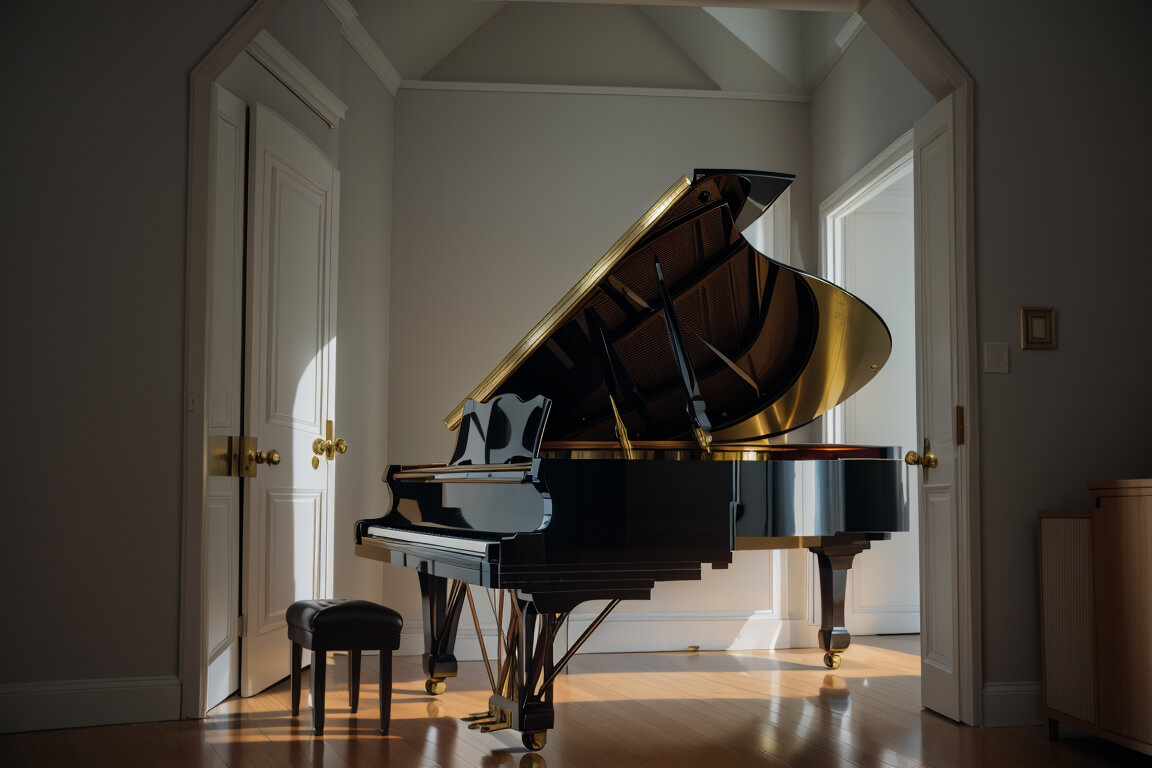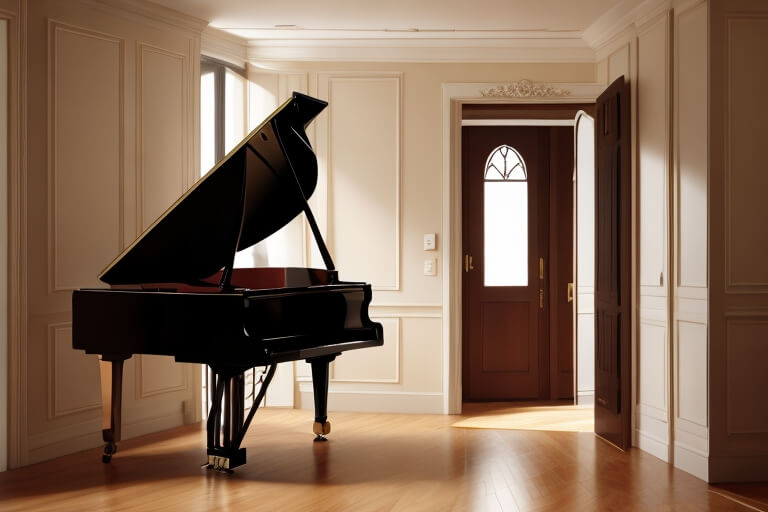The Impact of Seasonal Changes on Piano Moving
When it comes to moving a piano, there’s no denying that it’s a challenging task. The changing seasons can significantly affect this process. Pianos are not just heavy; they are delicate instruments that require special care during transportation.
Summer Swelter and Piano Preservation
Summer brings scorching temperatures and high humidity levels to many regions. These conditions can have a detrimental effect on pianos if not managed carefully during a move. Excessive heat can cause the wood to expand, potentially leading to structural damage and tuning issues.
During the summer months, it’s essential to consider scheduling your piano move during cooler parts of the day. Avoid exposing your piano to the harshest midday heat by planning for the early morning or evening when temperatures are more moderate. Another critical consideration is hiring professional piano movers who have climate-controlled trucks. These specialized vehicles can maintain a stable temperature and humidity level, safeguarding your piano from extreme conditions.
Before the move, ensure that your piano is adequately protected. Close the lid to prevent exposure to direct sunlight, which can exacerbate the effects of heat, and wrap it in blankets or specialized piano covers to insulate it from temperature fluctuations.
Winter Chill and Piano Sensitivity
The winter season poses its own set of challenges when it comes to piano moving. Cold temperatures and dry air can impact the piano’s delicate components, including the soundboard and strings.
To address these concerns during the winter, allow your piano to acclimatize to the indoor temperature for several hours before moving it. This helps prevent sudden temperature changes that can cause wood to contract and crack. Monitoring humidity levels is also crucial, as cold air is typically dry, leading to a drop in humidity. To counteract this, use a humidifier in your home before and after the move to maintain an appropriate humidity level for your piano’s well-being.
In addition to these precautions, it’s essential to hire experienced piano movers who are well-versed in handling pianos in cold weather. They will have the necessary equipment and knowledge to ensure a safe relocation, even in freezing conditions.
The Beauty of Spring and the Challenges of Piano Moving
Spring brings renewal and rejuvenation, but it also comes with its own unique challenges for piano moving. Fluctuating temperatures and the potential for rain can complicate the process.
To navigate these obstacles effectively in the spring, it’s essential to closely monitor the weather forecast leading up to your move. Rain and sudden temperature changes can be problematic, potentially causing damage to your piano. If adverse conditions are expected, it’s worth considering postponing the move to ensure the safety of your instrument.
Another practical step is to invest in waterproof piano covers or use heavy-duty plastic wrap to shield the piano from rain or moisture during transit. This extra layer of protection can go a long way in safeguarding your piano against the unpredictable spring weather.
After the move, it’s advisable to have a piano technician inspect your instrument, especially if it has been exposed to rain or temperature fluctuations. They can identify any potential damage and recommend necessary repairs to ensure your piano’s continued optimal performance.
Long-Distance Piano Moves
Long-distance piano moves present their own set of challenges. Whether you’re relocating to a new state or even internationally, the logistics become more complex. The piano’s exposure to varying climates, road conditions, and the potential for longer transit times can significantly impact its well-being.
For these specialized moves, it’s essential to engage experienced piano moving professionals who specialize in long-distance transportation. These experts understand the intricacies of piano relocation, including securing the instrument properly to withstand the rigors of a lengthy journey. They may use specialized piano boards, custom crates, or climate-controlled containers to ensure the piano’s safety.
In addition to the physical protection of the piano, long-distance piano movers are well-versed in navigating the legal and logistical challenges associated with transporting valuable musical instruments across borders or state lines. They can assist with the necessary permits, customs documentation, and compliance with local regulations.
Just like with local moves, long-distance piano relocations also require post-move care. Professional tuning and inspection should be scheduled after the piano arrives at its destination, as the extended journey can impact the instrument’s stability and tuning.
Professional Piano Tuning After a Move
One crucial aspect of piano care often overlooked after a move is professional tuning. Regardless of the season or weather conditions, the process of moving a piano can cause it to go out of tune. Vibrations, changes in temperature, and handling can all impact the instrument’s pitch and overall sound quality.
Moving a piano, even under the most careful and controlled circumstances, can result in subtle shifts in tension across the strings and within the piano’s frame. These shifts, while not always immediately noticeable, can affect the piano’s ability to produce the rich and harmonious tones it’s known for.
To ensure that your piano sounds its best in its new location, it’s advisable to schedule a professional piano tuning shortly after the move. A qualified piano tuner possesses the knowledge, experience, and specialized tools required to assess and rectify these changes. They will meticulously evaluate each string, adjusting the tension as needed to bring it back to its intended pitch. This process not only restores the piano’s tonal accuracy but also ensures that all the notes are in harmony with one another, allowing you to fully appreciate the instrument’s musical potential.
Piano technicians can inspect the entire piano for any signs of structural stress or damage that may have occurred during the move. They can identify issues such as loose pins, damaged soundboards, or regulation problems, all of which can affect the piano’s performance. Addressing these concerns promptly can prevent further damage and ensure the longevity of your cherished instrument.
Professional tuning not only enhances the musical experience but also helps maintain the piano’s overall health, ensuring that it continues to perform at its peak for years to come. So, as you settle into your new space, don’t forget to include professional piano tuning on your checklist for a harmonious transition. It’s a small yet significant investment in preserving the beauty and quality of your piano’s sound, ensuring that it remains a source of joy and inspiration in your new home.
Other posts
© 2025 Local Movers. All rights reserved.
